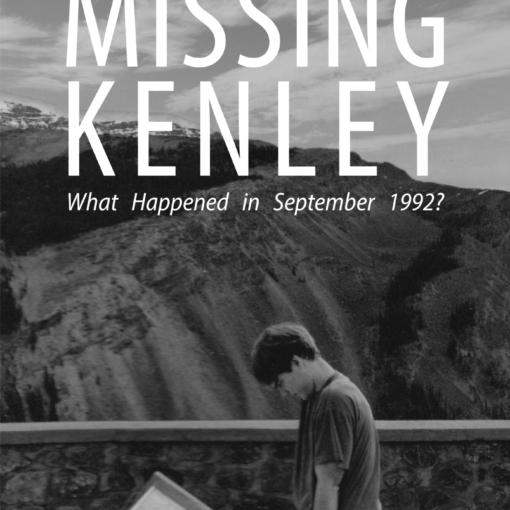(Warning Spoilers Ahead! Although the book is like 70 years old)
A Farewell To Arms is Hemingway’s seminal works. And I will never sway on that regard. The book chronicles the life of Frederic Henry, an American paramedic serving in the ambulance corps of the Italian Army during World War I. He proceeds to fall in love with Catherine Barkley, an English nurse. And a perfect archetype of a romance proceeds. Right? Well, yes. Kind of. The story is wrought with cynicism to the very end (not to say that there aren’t the parts where they gallivant around gardens, or lakes, or on boats when the sun is rising..or setting, and it’s all serene, or night, or something). What gets me every time I read it is the ending. There’s salient cynicism underlying the entire book; the way he talks about his future with here, or the very nature of his job. But the ending is a cynic’s wet dream: Catherine has a miscarriage, and suffers a massive hemorrhage shortly after. Henry watches her die, and then walks back to his hotel in the rain. That’s it.
“But after I had got them out and shut the door and turned off the light it wasn’t any good. It was like saying good-by to a statue. After a while I went out and left the hospital and walked back to the hotel in the rain.”
It is this succinctness I believe that makes this the quintessential romance story. The ending is so brutally abrupt. There isn’t much meandering on after the death, no cloying tirade about the ‘color of her hair’, or the ‘lilt of her walk’. It’s numb, and abrupt, and it is realistic. In a way, it tells us that her death isn’t the end of ‘living’ for him. Things will still happen, life will still pass him by. In a time like this, there is bound to be a shade of bluntness that tints every thing in life. It moves quickly, but it hammers in a very melancholic aspect to time, inevitability to it. So much so that it took Hemingway thirty-seven drafts before he settled on the canon ending. Thirty of those were supposed to be extemporization on love, and the other six settled into clichés of cynicism. The one chosen was neither one of those, instead it settled on non-ending. By being blunt and technical, it seems to evoke timelessness to the end.
I would highly suggest reading this book (even if you already know the ending, the ride is what counts). If you can, grab a copy of the one with the thirty-seven endings in the prologue. It is very interesting to peer into the head of a man chasing perfection in his work.




